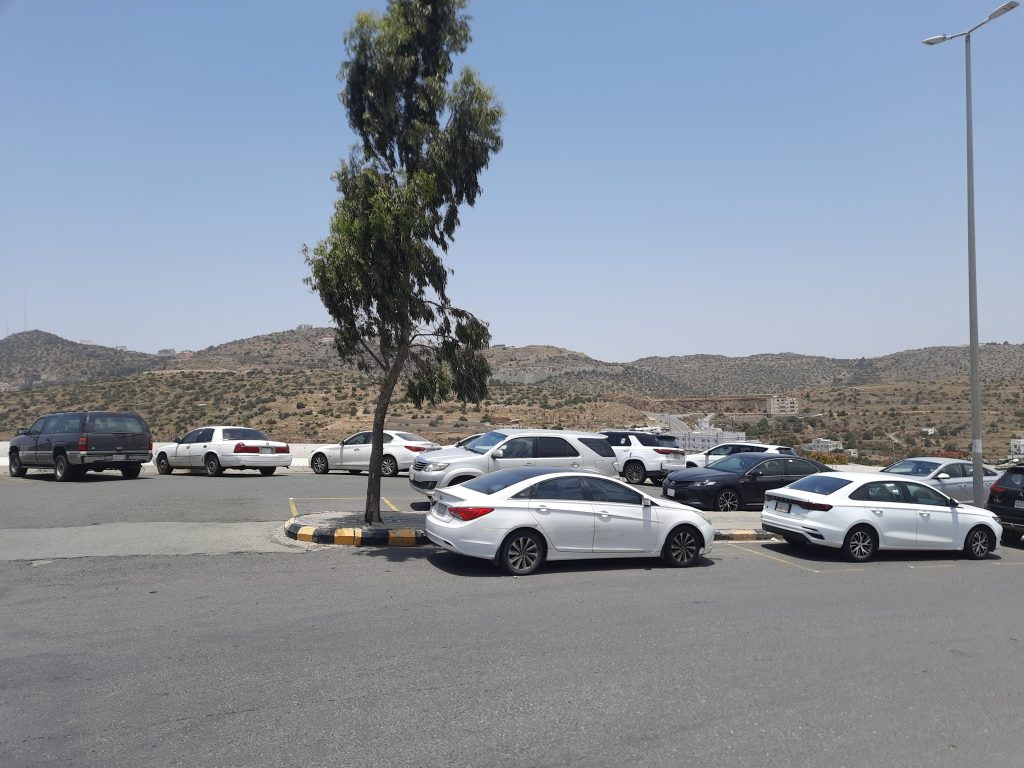Saudi Arabia is undergoing a significant transformation with Vision 2030, aiming to diversify its economy and reduce reliance on oil revenues. This initiative promotes growth across various sectors, including increasing private sector GDP contributions and enhancing women’s participation in the workforce.
The fashion industry is emerging as a key sector for economic growth, driven by shifting consumer preferences, changing retail dynamics, and a growing population. Fashion sales in Saudi Arabia are expected to increase by 48% from 2021 to 2025, supported by a rising interest in sportswear and strong marketing efforts from global brands like Adidas and Nike.
The luxury fashion segment is also expanding, with sales reaching $9.7 billion in 2021 and projected to grow to $11 billion by 2030. E-commerce, currently 9% of total retail sales, shows substantial growth potential.
However, the fashion industry faces challenges, including heavy reliance on imports, leading to a significant trade deficit. Apparel imports have risen by 42% from 2012 to 2021, highlighting the need for strategies to promote local production and innovation.
SMEs in the fashion sector encounter economic hurdles such as increased operational costs due to new tax regulations and non-Saudi worker fees. Additionally, evolving trade regulations from Saudi Arabia’s WTO membership require industry adaptability. Limited access to financing further hinders SME scalability and GDP contribution.
To address these challenges, Saudi Arabia has launched initiatives to support the domestic fashion ecosystem. The Saudi Fashion Commission’s programs, like Saudi 100 Brands, showcase local talent globally. Vision 2030 initiatives, including Fashion Futures and the Fashion Incubation program, nurture creativity and entrepreneurship by offering mentorship and support to aspiring designers and startups.
Recent reports indicate a growing local fashion ecosystem valued at SAR 46.9 billion ($12.5 billion), significantly contributing to the Kingdom’s economy. These initiatives foster innovation and enhance the competitiveness of Saudi SMEs, creating a dynamic entrepreneurial environment.
Looking ahead, the Saudi fashion industry holds great potential for economic diversification and job creation. Continued government support and strategic investments in local talent and infrastructure will position Saudi Arabia as a significant player in the global fashion market. Embracing innovation, leveraging technology, and nurturing an entrepreneurial spirit are essential for realizing this vision.
As Saudi Arabia moves towards a post-oil era, the fashion sector represents a beacon of opportunity, reflecting the nation’s commitment to cultural enrichment, economic vitality, and global engagement. By harnessing its rich heritage and fostering creativity, Saudi Arabia is set to establish itself as a hub of innovation in the global fashion landscape.
